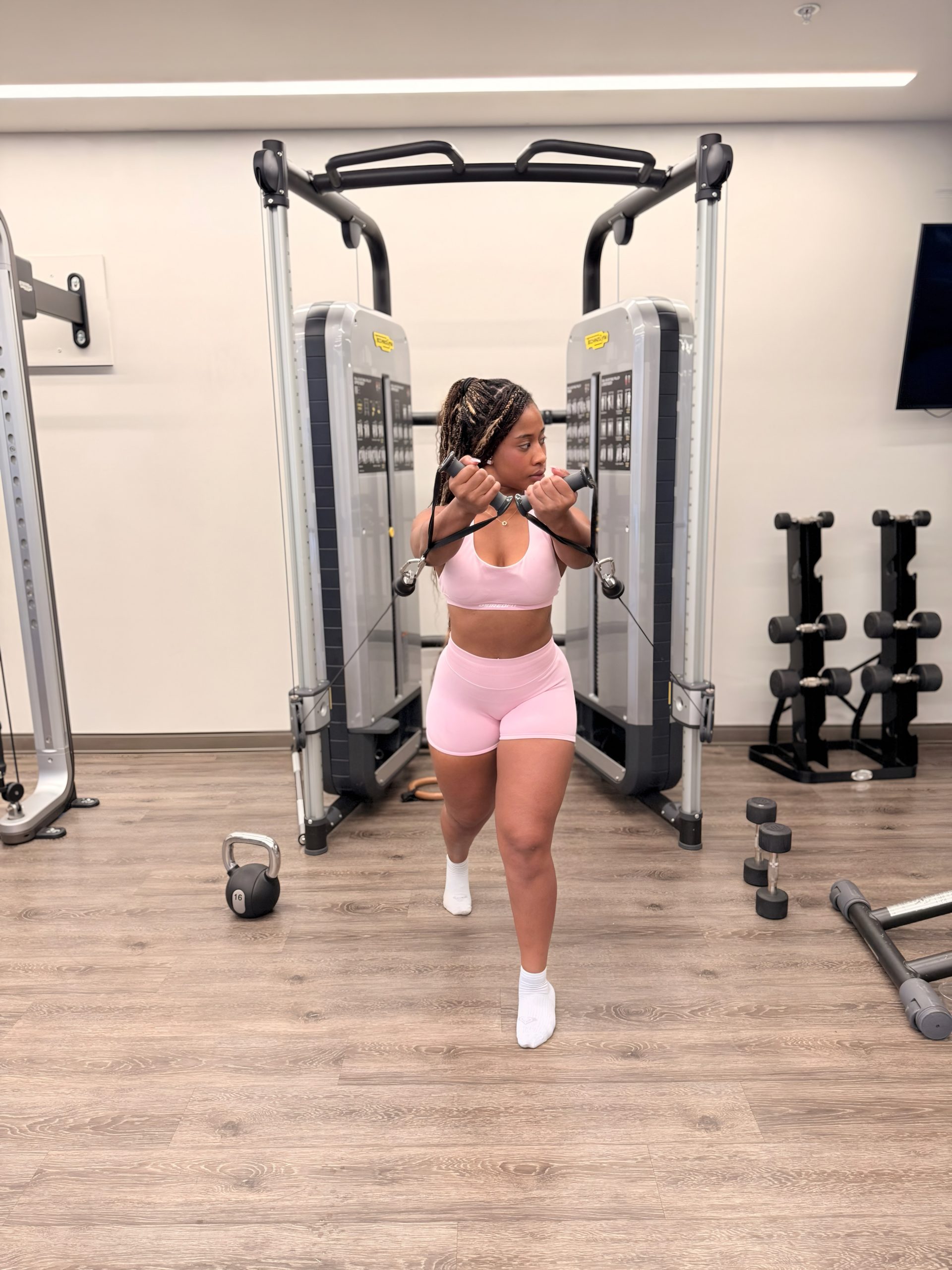Physical Activity/ Training
Regular physical activity is a cornerstone of a healthy lifestyle. It supports both physical and mental well-being, reduces the risk of chronic diseases, and enhances overall quality of life.
What Is Physical Activity?
Physical activity includes any movement that gets your body moving and burns energy from walking and gardening to structured workouts like strength training or cardio. It can be light, moderate, or vigorous, depending on intensity and effort.
Structured exercise programs, or training, involve planned, repeated activities designed to improve fitness. Common forms include:
-
Cardiovascular training (walking, cycling, running)
-
Strength training (weight lifting, bodyweight exercises)
-
Flexibility and mobility exercises (stretching, yoga)
-
Balance and coordination work (especially important for older adults)
Benefits of Training
Boost energy and mood.
Improve heart, lung, and muscle health.
Help manage weight and reduce body fat.
Lower the risk of conditions like heart disease, diabetes, and depression.
Enhance sleep and reduce stress.
Stats on Physical Activity in the United States
- Just 24.3% of U.S. adults met both aerobic and muscle‑strengthening training federal guidelines.
- Older adults, rural communities, lower‑income and lower‑education groups face the greatest gaps in wellness.
- Nearly 1 in 4 adults report no leisure activity, raising risk for chronic diseases.
How to Create Change.
- Make It Accessible
- Start with short movements for 5-10 minutes.
- Promote Movement in Daily Life
- Start taking walks, stretching, jogging.
- Create Social Support
- Do physical activity with family and friends.
- Create walking clubs or fitness groups.
- Correlate Physical activity with Mental Health
- Physical activity is not only for physical health but mental health as well.

Types of Physical Activities
Cardiovascular
Cardiovascular activity as known as “aerobic” is any movement that raises your heart rate and keeps it elevated for a sustained period. Common examples include walking, running, cycling, swimming, dancing, and aerobics.
The CDC recommends at least 150 minutes of moderate-intensity or 75 minutes of vigorous-intensity aerobic activity per week for adults.
Cardio enhances cognitive function and may reduce the risk of Alzheimer’s and dementia later in life. It also increases the flow of blood and oxygen to the brain, which boosts memory and concentration.
With starting cardiovascular activities, start with moderate options like brisk walking or cycling. Gradually increase duration and intensity as fitness improves. Always warm up, cool down, and hydrate.
Strength
Strength training involves using resistance, such as free weights, machines, resistance bands, or body weight to make muscles work harder. This leads to increased strength, endurance, and muscle mass over time.
Strength training is beneficial for people of all ages, and all fitness levels. Individuals may perform strength training in the cause of better health, physical performamce, physique, and injury resistance.
With strength training individuals use anaerobic exercise. Anaerobic exercises are high-intensity physical activities that are performed in short bursts, where the body’s demand for oxygen exceeds the oxygen supply available.
These exercise includes plyometrics, sprinting, heavy weightlifting, and high-intensity interval training (HIIT) are examples of anaerobic exercises.
With strength training, set realistic goals, stretch daily, and train 2-3 days per week.
Flexibility and Mobility
Flexibility is the ability of a muscle or muscle group to lengthen passively through a range of motion. Mobility is the ability of a joint to move actively through its full range of motion, involving strength, control, and flexibility.
Both are trainable and can improve with consistent practice even in older adults. Poor mobility often leads to compensations in other joints, increasing the risk of injury.
Some flexibility and mobility traning includes dynamic stretching (moving stretches), static stretching (holding a stretch), foam rolling, and strength training through full range of motion (e.g., deep squats, Romanian deadlifts).
Flexibility and mobility training can Reduces injury risk, improves posture and reduces chronic pain, enhances performance, allows for better movement quality, and supports functional fitness.
Coordination
Coordination training improves the ability to use multiple body parts and senses together efficiently such as eyes, hands, and feet to perform smooth, controlled, and accurate movements.
Coordination is a motor skill that connects the brain and body for efficient movement. It enhances how well your muscles, joints, and nervous system work together. Some coordination exercises includes jump rope, ladder drills, and foot-eye coordination drills.
Coordination training activates the cerebellum, a part of the brain involved in motor control and balance. It also improves cognitive-motor function, helping with attention, memory, and learning.In children, it supports motor development and academic performance. In adults, it can help delay cognitive decline and improve multitasking.





